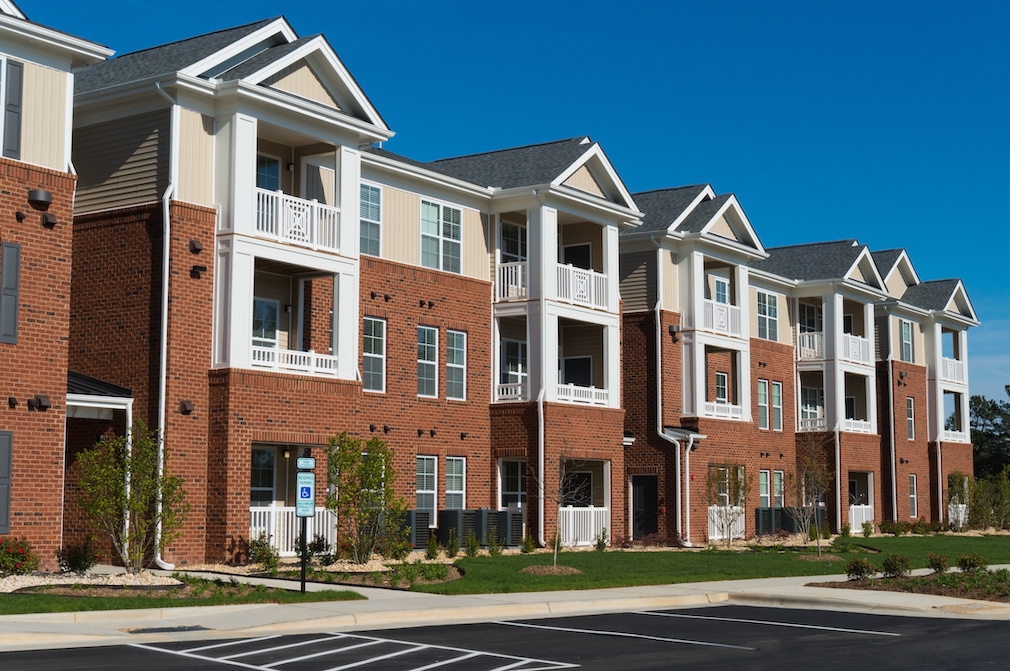[jwplayer WWP4V2K9]
It’s getting harder and harder to find an available unit in multifamily real estate.
In the third quarter of this year, multifamily vacancy fell to 3.6%, down 40 basis points from 2018, to the lowest level since 2000, according to a report from CBRE.
On average, rent rose 2.9% year over year, slightly higher than the historical average of 2.6%.
In Q3, builders completed 66,300 new units.
But, the net absorption of 307,600 units outpaced the completion of the 256,000 units for the year, meaning the high levels of multifamily demand nationwide sustained throughout the year.
According to CBRE’s report, this quarter marks the seventh in a row in which construction starts exceeded 100,000 units. This means that deliveries will remain high through at least 2020.
Also in Q3, investments totaled $46 billion, down 7.3% year over year.
Phoenix and Las Vegas saw the highest year over year rent growth rates, both seeing over 7%. New York City, Detroit and Boston are the major markets that saw the lowest vacancy rates, with 2.5%, 2.6% and 2.7%, respectively.
Fannie Mae and Freddie Mac’s new multifamily loan production totaled $47.6 billion for the quarter, which is up more than 30% from 2018.
The latest data provides more confirmation that multifamily real estate is on a strong multi-year run.
In 2018, the Mortgage Bankers Association forecasted that multifamily lending would set another record that year.
In September, the MBA forecasted that commercial and multifamily mortgage bankers will close a record $652 billion in loans backed by income-producing properties this year, an increase of 14% from 2018’s $574 billion.
The MBA also expects 2020 to be another booming year for multifamily.
This summer, multifamily occupancy rates hit almost 100%, RealPage said, as rent growth continued to keep firm.






